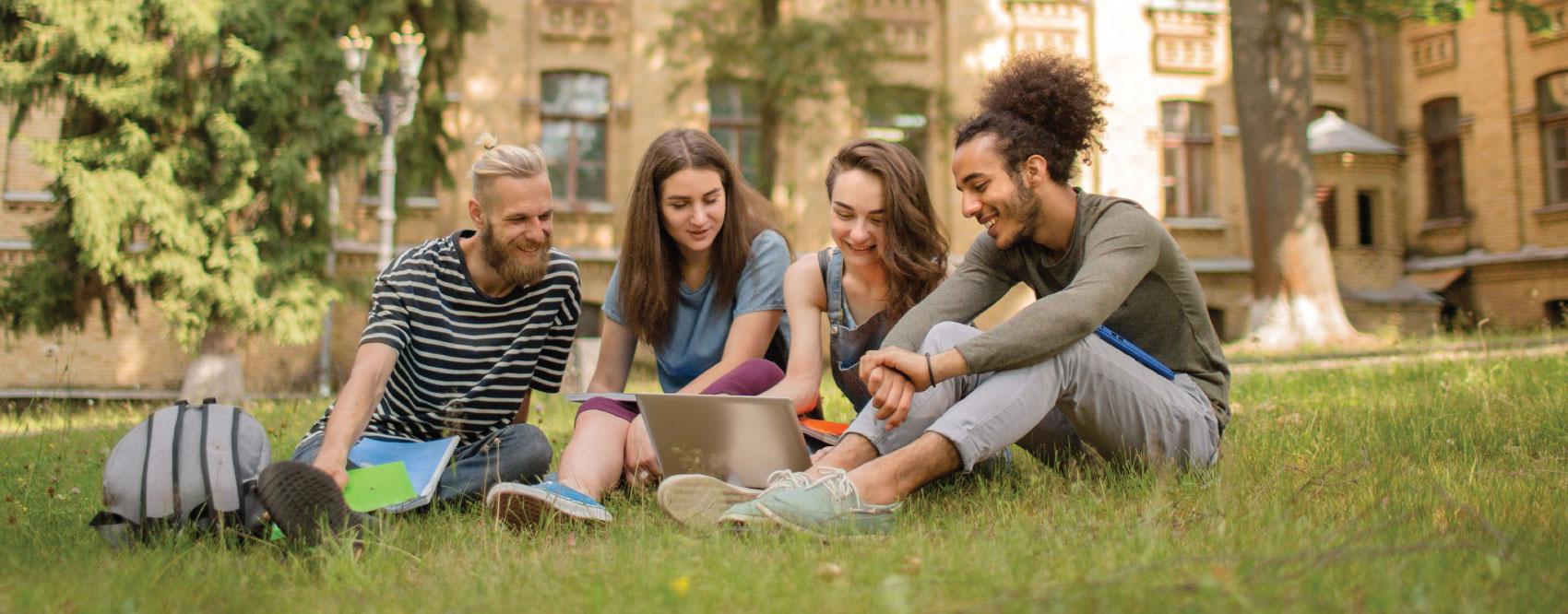
Cross-Cutting Strategies – Community Schools
Cross-Cutting Strategy:
Strengthening Student Supports through Community Schools
As noted earlier, children and youth grow up in communities with significant differences in access to quality education, housing, healthcare, and other resources, often the result of systemic inequities. Creating sustainable change that addresses persistent, systemic, educational gaps and disparities requires comprehensive and integrated approaches that span impact areas. Community schools are one example where United Ways have worked in partnership with local school systems and community-based organizations to strengthen systems of support for students and their families, particularly those attending historically under-resourced schools and/or living in low-income communities. Cross-sector partnerships are a defining feature of community schools. This model leverages local partnerships and resources to provide comprehensive supports for students and their families including health services, afterschool and summer programs, family engagement activities, and connection to other vital, community-based services, all of which are tailored to meet the needs of students and remove barriers to academic success.
Community school initiatives can drive more equitable educational outcomes when they are intentionally placed in under-resourced neighborhoods, focus services and supports in schools with significant gaps in educational resources, and effectively engage families and residents to understand needs, challenges, and assets.
Research from the Learning Policy Institute found that well-implemented community schools contribute to improved student attendance, performance in mathematics and reading, and high school graduation. In addition, high-quality community schools foster strong peer and adult relationships, and promote student physical health and mental well-being.
Community Schools with United Way of the Greater Lehigh Valley, United Way of Salt Lake, and United Way of Buffalo & Erie County
Today, across the network there are many United Ways leading community schools. While most are longstanding efforts, the work of United Way of the Greater Lehigh Valley, United Way of Salt Lake, and United Way of Buffalo & Erie County provide compelling examples of the roles United Ways’ are playing in advancing this cross-cutting strategy. These United Ways and others are promoting community schools by playing structural roles that often include:
- forging cross-sector partnerships with school systems, community-based organizations, social service agencies, and local businesses to provide school and community-based supports and services;
- engaging corporate, individual, and public donors to support the work;
- aligning and coordinating efforts with partners including establishing shared goals and mutual accountability;
- creating management structures to support implementation; and
- documenting progress and sharing results.
- View United Way of Greater Lehigh Valley
-
As part of their goal to increase to 50 percent the number of students reading on grade level by 2022, and prepare all students for graduation and life, United Way of Greater Lehigh Valley invests in community schools that level the playing field in high poverty neighborhoods. This approach ensures access to safe and stable learning environments where children and families find the confidence to succeed. There are currently 14 United Way Community Schools serving 8,300 kids in four Lehigh Valley School Districts: Allentown School District, Bangor Area School District, Bethlehem Area School District and Easton Area School District. United Way serves as the central hub engaging: local school district leadership, a school principal who leads the vision and mission at each site, a community school director employed by a community-based organization or institution of higher education, and a site-based leadership team of parents, educators, community and business partners. They invest in programs that have increased third grade reading scores, improved the number of babies born healthy, improved kindergarten readiness and completed successful transitions to high school.
- United Way of Salt Lake
-
United Way of Salt Lake has invested in community school partnerships in 9 local neighborhoods. Community schools leverage local partnerships and resources to provide support for kids and their families. Community schools integrated focus on academics, health and social services, youth and community development and community engagement lead to improved student learning, stronger families, and healthier communities. Through expansive partnerships that provide academic enrichment, tutoring, afterschool programs, healthcare services, and basic needs, community schools help to ensure kids are on track to succeed. In June 2015, the Coalition for Community Schools recognized these efforts, across eight communities in the region, with a National Award for Excellence in bolstering academic achievement, improving outcomes for families and in uniting neighborhoods.
- View United Way of Buffalo & Erie County
-
United Way of Buffalo & Erie County serves as the backbone organization for community based organizations that operate as Lead Partners for each of the four community schools in the region and serve over 2,800 students in two Erie County School Districts. During the pandemic, community schools worked together to provide additional virtual learning resources and social-emotional learning in an effort to support students and prevent learning loss. Partners focused on students’ readjustment to school, mental health, and social-emotional learning as foundations to increase overall student outcomes. UWBEC is utilizing the UWW Racial Equity Framework in schools by supporting the development of data systems that leverage multiple sources of information to address student needs within an equity lens. District staff go through continuous training on culturally responsive-sustaining teaching to ensure that all students have access to a curriculum that is inclusive of the history and experiences of all Americans, including historically marginalized populations.
- View United Ways across the network leading community schools
-
United Way of Asheville and Buncombe County
United Way of Central and Northeastern Connecticut
United Way of Buffalo & Erie County
United Way of Central Maryland United Way of Greater CincinnatiUnited Way of Greater Cleveland
United Way of Greater Greensboro
United Way of Greater Milwaukee
United Way of Heart of West Michigan
United Way of Lancaster County
United Way of Lincoln and Lancaster County
United Way of Metropolitan Chicago
United Way of Northeast Florida
United Way of Northern Arizona
United Way of South Hampton Roads





